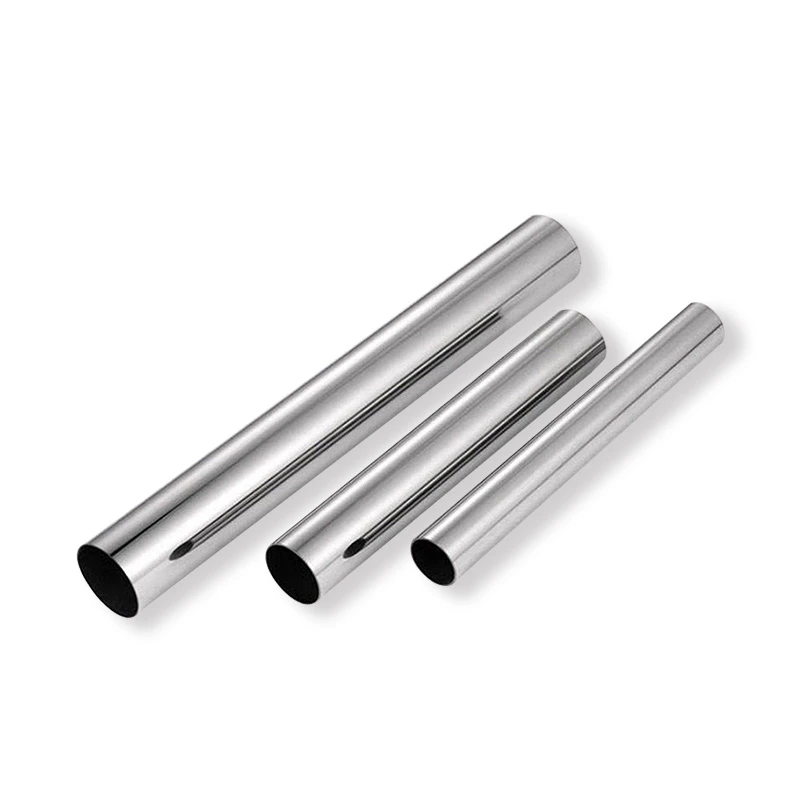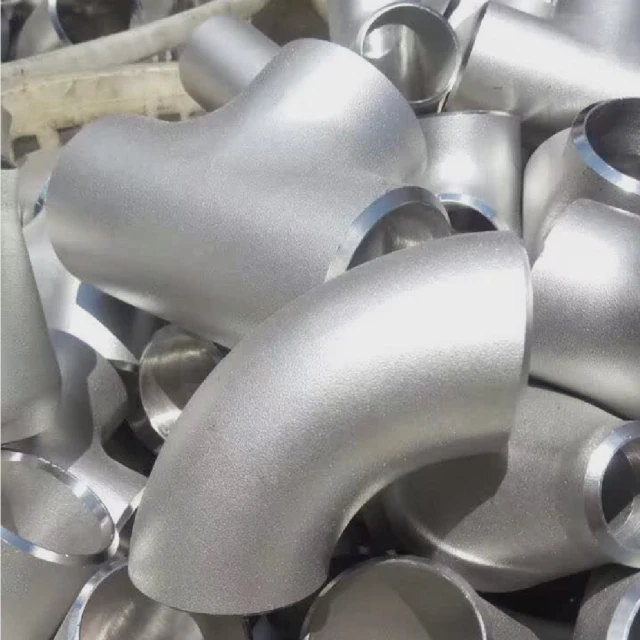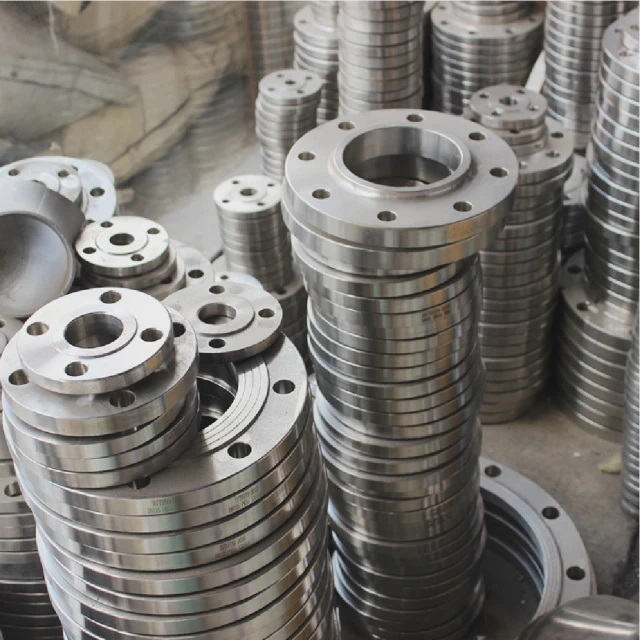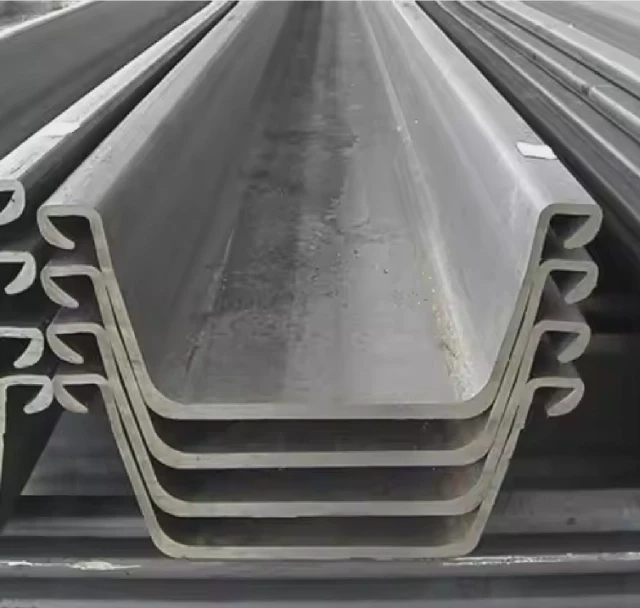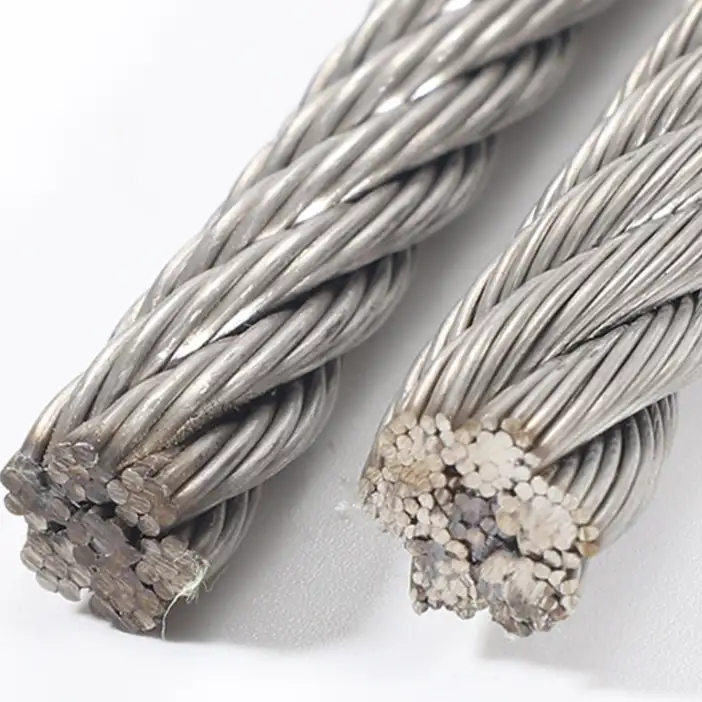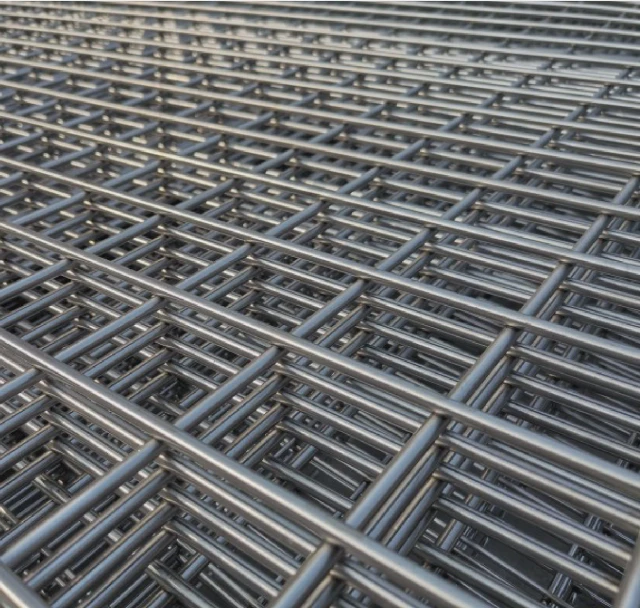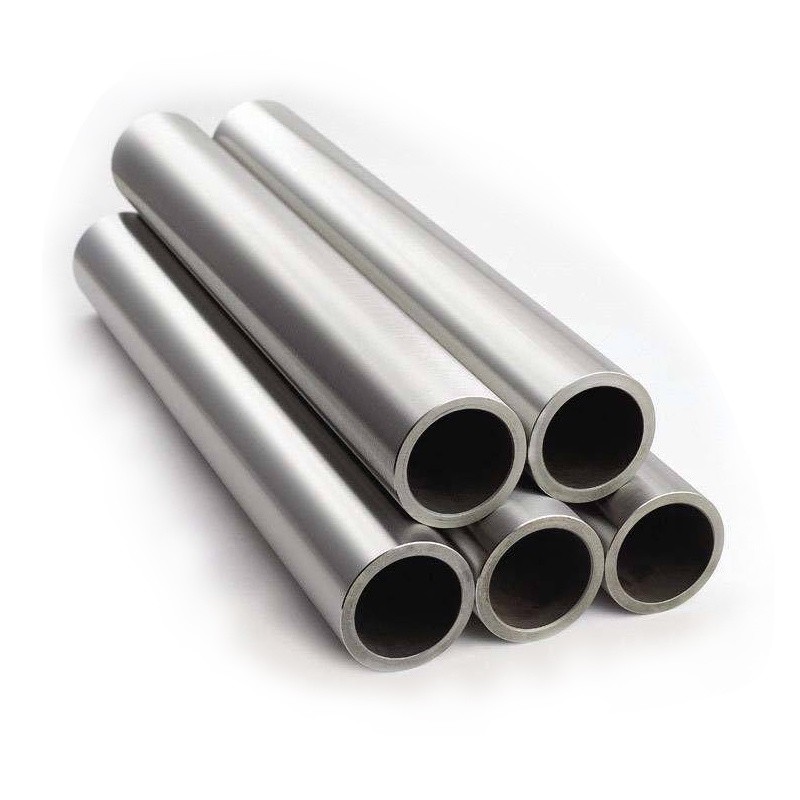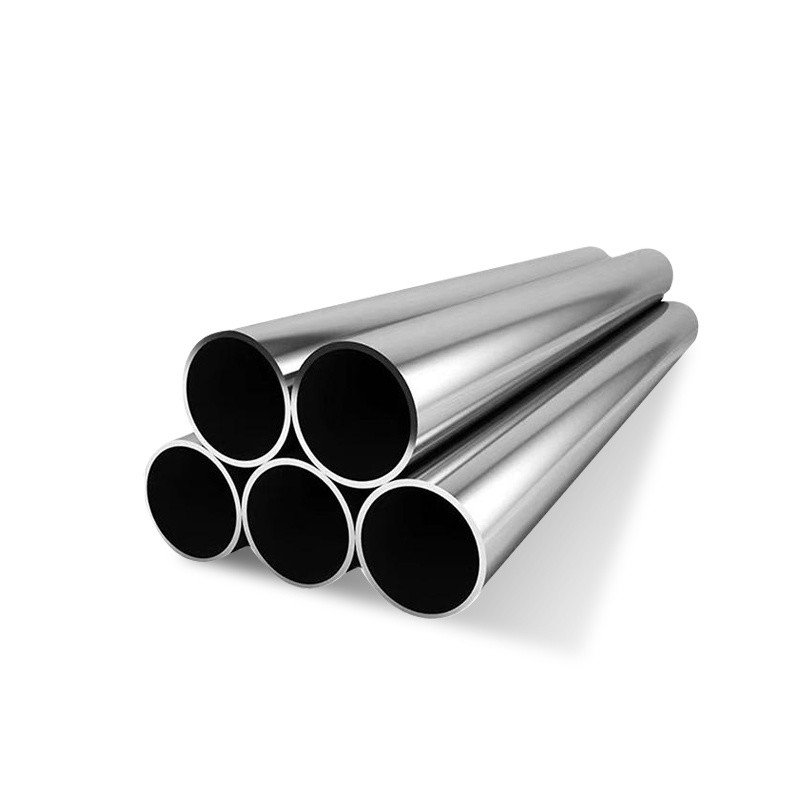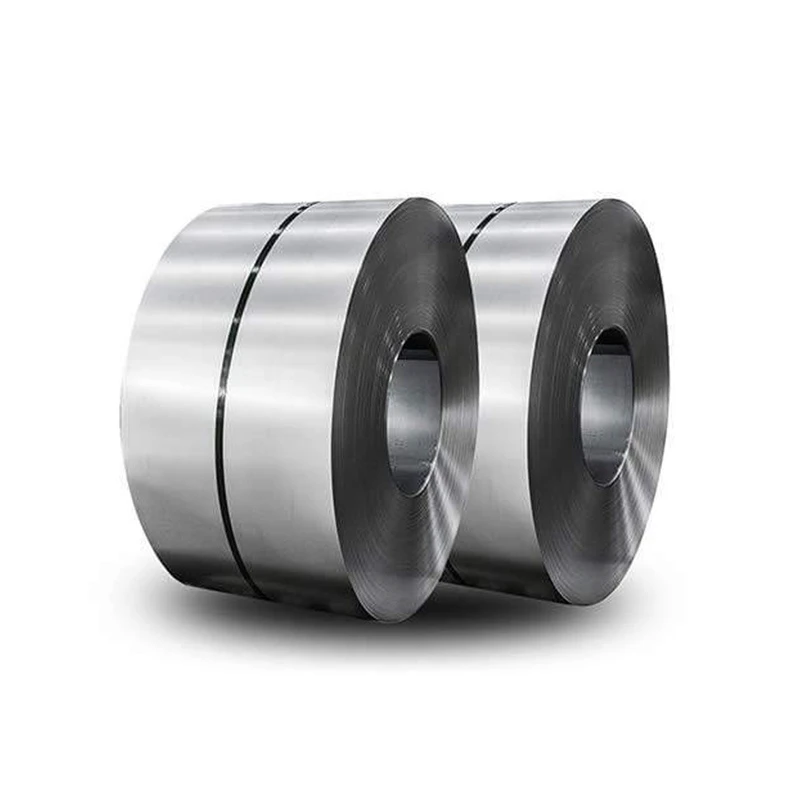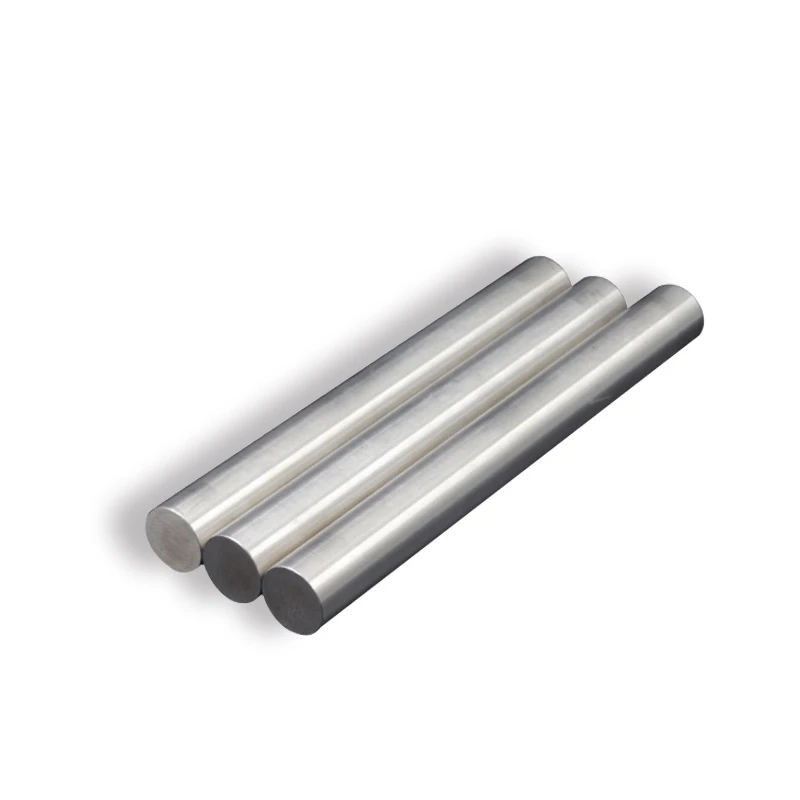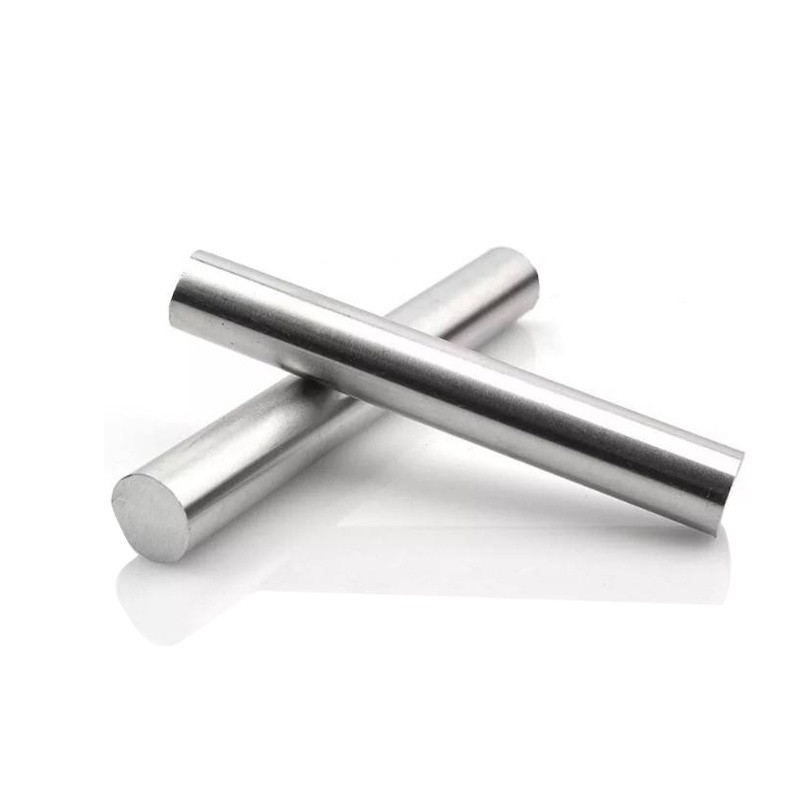
CATEGORIES
FEATURED PRODUCTS
ASTM 202 Stainless Steel Pipe
We offer this product and related grades with 100% factory direct pricing and free quotes available within 24 hours.
APPLICATION SCENARIOS

OUR ADVANTAGE

Certificate of Honor

PARTNER

Our Factory

202 stainless steel pipe is a versatile, chromium-nickel-manganese (Cr-Ni-Mn) austenitic alloy engineered as a cost-effective alternative to Type 304. We extrude, weld, and draw this material into seamless and welded pipes meeting ASTM A312, A554, and ASME standards. Its balanced composition delivers reliable performance where high corrosion resistance isn't the absolute priority, but value and formability are key.
Why Choose 202 Stainless Steel Pipe? Key Advantages
-
Cost Efficiency: Uses manganese to reduce nickel content, offering significant savings versus 304/316 – ideal for budget-conscious projects.
-
Good Corrosion Resistance: Handles atmospheric exposure, mild chemicals, and freshwater environments effectively in most non-coastal, non-industrial settings.
-
Excellent Formability & Weldability: Easy to bend, shape, and fabricate using standard workshop techniques (TIG, MIG, resistance welding).
-
High Strength & Durability: Maintains good mechanical properties (tensile strength, hardness) across a wide temperature range (-20°C to 400°C / -4°F to 750°F).
-
Hygienic & Aesthetic Surface: Non-porous, easy to clean, and maintains a bright, attractive silvery finish – perfect for visible applications.
-
Non-Magnetic (When Annealed): Exhibits very low magnetic permeability in the annealed state, important for certain electronic or architectural uses.
Chemical Composition: The Foundation
202's properties stem from its precise chemical recipe. Our melt shops rigorously control this composition for consistency:
| Element | Typical % Range (Weight) | Primary Function |
|---|---|---|
| Chromium (Cr) | 17.0 - 19.0 | Corrosion Resistance, Oxide Layer |
| Nickel (Ni) | 4.0 - 6.0 | Austenite Stability, Formability |
| Manganese (Mn) | 7.5 - 10.0 | Austenite Former (replaces Ni), Strength |
| Nitrogen (N) | 0.25 max | Strengthener, Austenite Stabilizer |
| Carbon (C) | 0.15 max | Controls Strength & Weldability |
| Silicon (Si) | 1.00 max | Deoxidizer, Strength |
| Phosphorus (P) | 0.06 max | Residual (affects machinability) |
| Sulfur (S) | 0.03 max | Residual (affects machinability) |
| Iron (Fe) | Balance | Base Metal |
Editor's Note: The higher Mn and lower Ni content compared to 304 is what primarily drives the cost savings.
202 vs. 304 Stainless Steel Pipe: A Practical Comparison
Understanding where 202 fits versus the industry benchmark (304) is crucial. Here's our experience-based comparison:
| Property/Characteristic | 202 Stainless Steel Pipe | 304 Stainless Steel Pipe | Practical Implication for Users |
|---|---|---|---|
| Primary Cost Driver | Lower Nickel Content | Higher Nickel Content | 202 is typically 15-25% cheaper than 304. Ideal for large-volume projects. |
| Corrosion Resistance | Good (Atmospheric, Mild Chem) | Very Good (Broad Spectrum) | Choose 304 for coastal, salt, heavy industrial, or acidic environments. 202 excels inland. |
| Strength (Yield/Tensile) | Slightly Higher | Standard High | 202 offers comparable or slightly better mechanical strength. |
| Magnetic Response | Generally Non-Magnetic (Annealed) | Generally Non-Magnetic (Annealed) | Both are suitable for low-magnetic permeability needs post-annealing. |
| Formability & Weldability | Excellent | Excellent | Both alloys are readily fabricated using standard methods. |
| Typical Applications | Indoor Furniture, Railings, Water Tanks (non-potable), Display Units, General Fabrication | Food Processing, Chemical Exposure, Coastal Architecture, Medical, Potable Water | Match alloy to environment severity. When in doubt for harsh settings, default to 304. |
Key Mechanical & Physical Properties
We rigorously test our 202 pipe to ensure it meets or exceeds standard specifications:
-
Tensile Strength: 690 MPa (100 ksi) min
-
Yield Strength (0.2% Offset): 380 MPa (55 ksi) min
-
Elongation: 40% min (in 2 inches / 50mm)
-
Hardness (Rockwell B): 95 HRB max (Annealed Condition)
-
Density: 7.80 g/cm³ (0.282 lb/in³)
-
Modulus of Elasticity: 193 GPa (28 x 10^6 psi)
-
Thermal Expansion Coefficient: 17.3 µm/m·°C (9.6 µin/in·°F) @ 0-100°C
-
Thermal Conductivity: 16.2 W/m·K (9.4 Btu·in/hr·ft²·°F)
Manufacturing Our 202 Pipe: Processes We Use
-
Raw Material Selection: We source certified 202 billets/slabs from reputable mills.
-
Pipe Formation:
-
Seamless (ASTM A312): Billets are pierced and hot extruded or cold drawn over a mandrel. Offers highest pressure integrity.
-
Welded (ASTM A312, A554): Coils are formed into a cylindrical shape and welded longitudinally (TIG, Laser, Plasma). Cost-effective for large diameters/wall thicknesses.
-
-
Heat Treatment (Annealing): Pipe is heated to 1010-1120°C (1850-2050°F) and rapidly cooled (quenched) to dissolve carbides, restore corrosion resistance, and achieve softness/formability.
-
Finishing:
-
Pickling & Passivation: Acid bath removes scale; nitric acid bath enhances the passive chromium oxide layer.
-
Surface Finishes: Mill Finish (No. 1), Bright Annealed (BA), Polished (e.g., #4 Brushed, #8 Mirror).
-
-
Cutting & Testing: Cut to length (random, fixed), subjected to hydrostatic testing, eddy current testing, or ultrasonic testing. Full material certification (MTC) provided.
Diverse Applications: Where Our 202 Pipe Excels
Based on thousands of customer projects, here are prime uses:
-
Architectural & Decorative: Handrails, guardrails, trim, door frames, support columns (interior/low-salinity coastal), signage frames, display structures. Why? Aesthetics, formability, cost.
-
Furniture: Table bases, chair frames, shelving systems, retail fixtures. Why? Strength-to-weight, modern look, durability.
-
Automotive & Transport: Exhaust components (non-critical sections), trim, trailer frames, bus handrails. Why? Heat tolerance, formability.
-
Water Systems: Non-potable water lines (irrigation, industrial cooling), tank fittings, drain pipes. Why? Corrosion resistance in freshwater, cost.
-
General Engineering & Fabrication: Conveyor components, machinery guards, frames, support structures in controlled environments. Why? Strength, weldability, availability.
-
Consumer Goods: Appliance trim, laundry tub legs, sporting goods frames. Why? Cost-effective durability.
Handling, Fabrication & Best Practices
Maximize performance with these tips from our technical team:
-
Cutting: Use high-speed steel (HSS) or carbide tools. Abrasive cutting works well. Minimize heat buildup.
-
Bending: Cold bending is standard. Use appropriate bend radii to avoid cracking (Consult our charts). Mandrel bending recommended for tight radii/seamless pipe.
-
Welding: Use AWS ER308L or ER309L filler for best results on 202. Maintain proper gas shielding (Argon). Avoid excessive heat input. Post-weld annealing is recommended for critical corrosion applications to restore properties near the weld zone.
-
Joining: Threading (NPT), Flanges, Grooved couplings (Victaulic), Compression fittings. Ensure compatible gasket materials.
-
Cleaning & Maintenance: Use alkaline or non-chlorinated cleaners. Avoid steel wool or abrasive pads (use Scotch-Brite™). Rinse thoroughly with clean water. Chlorides (bleach, salt) can cause pitting – minimize exposure.
Critical Considerations & Limitations
We believe in transparency. 202 is excellent for many uses, but not universal:
-
Chloride Exposure: Susceptible to pitting and crevice corrosion in saltwater, de-icing salts, or high-chloride environments (e.g., swimming pools). Use 316L instead.
-
Strong Acids & Alkalis: Not suitable for prolonged exposure to highly acidic (e.g., sulfuric, hydrochloric) or caustic environments. Evaluate chemical compatibility carefully.
-
High-Temperature Oxidation: While good up to ~400°C (750°F), scaling resistance degrades faster than 304/309 at higher temps. Not for furnace parts.
-
Potable Water Systems: While sometimes used, 304 or 316L is the preferred and often code-mandated choice for drinking water due to superior corrosion resistance, especially with chlorination.
-
Severe Industrial Atmospheres: Not recommended for heavy chemical processing plants or highly polluted industrial zones. Default to 316L.
Frequently Asked Questions (FAQ)
Q1: Is 202 stainless steel pipe magnetic?
A: In its standard annealed condition (the state we supply most pipe), 202 is generally non-magnetic or exhibits only very slight magnetic response. Cold working (like bending or machining) can induce some magnetism, similar to 304.
Q2: Can I weld 202 pipe to 304 pipe?
A: Yes, it is possible. We recommend using ER309L filler wire for welding 202 to 304. This provides better crack resistance and a more balanced weld metal composition than ER308L due to the differing Ni/Mn content. Proper technique and shielding gas are critical.
Q3: How does the corrosion resistance of 202 compare to 304 in real-world use?
A: 304 generally offers superior corrosion resistance, particularly against pitting from chlorides and organic acids. 202 performs well in mild atmospheric conditions and freshwater environments. Think of it this way: 304 is suitable for coastal or harsh industrial areas; 202 is ideal for inland, urban, or controlled environments. When corrosion risk is high, upgrading is prudent.
Q4: What surface finishes do you offer for 202 pipe?
A: We supply the most common finishes:
-
Mill Finish (No. 1): As-annealed and pickled, dull matte surface. Common for non-decorative uses.
-
Bright Annealed (BA): Cold worked and annealed in a controlled atmosphere for a smooth, reflective finish. Popular for decorative tubing.
-
Polished Finishes: #4 (Brushed/Directional), #6 (Fine Satin), #8 (Mirror) – achieved mechanically or electro-polished. Requires specification.
Q5: Are there different grades within 202 stainless?
A: Yes, minor variations exist. The common grades are UNS S20200 (standard 202) and UNS S20100 (sometimes called "201" or "201L", with slightly lower Ni/Cr and higher Mn). We primarily deal with S20200 conforming to ASTM A312/A554 specifications. Always verify the UNS number on the Mill Test Certificate.
Ready to Source Your 202 Stainless Steel Pipe?
At Luokaiwei, we stock a comprehensive range of 202 seamless and welded pipe:
-
Sizes: 1/8" NB to 24" NB (Seamless), 1/8" NB to 48" OD (Welded)
-
Schedules: SCH 5S, 10S, 40S, 80S, 160S (Standard & Custom)
-
Lengths: Random (18-22 ft), Fixed (up to 40 ft), Custom Cut
-
Certifications: Full ASTM/ASME MTRs (Mill Test Reports), EN 10204 3.1 available.
Request a competitive quote today! Contact our sales team at sales@luokaiweipipe.com or call +86 18912200505.







